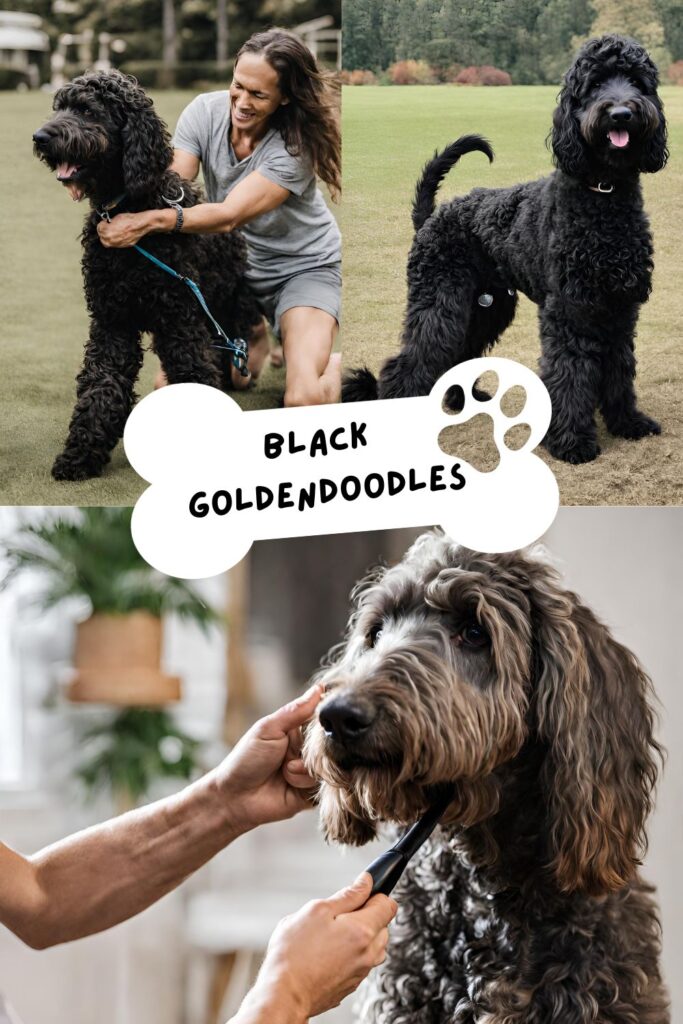Teacup Dogs & Controversy

Teacup dogs, especially Teacup Pomeranians also known as miniature, toy, or micro dogs, are exceptionally small dog breeds bred to be even smaller than the standard size for their breed. While they may seem adorable and appealing due to their tiny size, there is considerable controversy surrounding teacup dogs for several reasons:
- Health Issues: Teacup dogs are often bred through selective breeding practices that prioritize size over health. This can result in a myriad of health problems, including skeletal deformities, heart defects, respiratory issues, dental problems, and neurological disorders. Their small size also makes them more fragile and prone to injuries.
- Ethical Concerns: The breeding of teacup dogs often involves breeding from runts or selecting dogs with dwarfism traits to produce smaller offspring. This can lead to unethical breeding practices and the perpetuation of genetic defects in the breed population. Additionally, teacup dogs may be more susceptible to congenital health issues and have shorter lifespans compared to standard-sized dogs.
- Exploitative Marketing: Teacup dogs are often marketed as luxury accessories or fashion statements, leading to their popularity among celebrities and social media influencers. This can create a demand for teacup dogs, fueling irresponsible breeding practices and contributing to the proliferation of puppy mills and backyard breeders.
- Misleading Terminology: The term “teacup” is not recognized by major kennel clubs like the American Kennel Club (AKC) or the United Kennel Club (UKC). It is often used by breeders and sellers as a marketing gimmick to describe undersized dogs, leading to confusion and misunderstanding among potential buyers.
- Healthcare Challenges: Teacup dogs require special care and attention due to their small size and delicate health. They may have difficulty regulating body temperature, eating, or engaging in physical activities. Veterinary care for teacup dogs can also be more challenging and expensive due to their unique health needs.
In conclusion, while teacup dogs may seem adorable and desirable to some people, it’s essential to consider the ethical implications and potential health risks associated with breeding and owning these tiny dogs. Responsible breeding practices, adoption from reputable shelters or rescue organizations, and prioritizing the health and well-being of dogs should be the primary considerations when choosing a pet.

Teacup Pomeranians
History
Teacup Pomeranians are miniature versions of the Pomeranian breed, which originated from the Pomerania region, now part of Germany and Poland. Pomeranians were originally larger working dogs used for tasks like herding and guarding. Through selective breeding, they were gradually miniaturized to the size we recognize today. Teacup Pomeranians are the result of further breeding efforts to create exceptionally small versions of the breed, often achieved through breeding from the smallest Pomeranians in the litter.
Temperament
Teacup Pomeranians are known for their delightful temperament. They are lively, intelligent, and affectionate dogs that enjoy being the center of attention. Despite their small size, they are often bold and confident, making them excellent companions for families and individuals alike. Teacup Pomeranians are typically sociable and enjoy interacting with people and other pets.
Size & Appearance
Teacup Pomeranians are incredibly small dogs, typically weighing between 2 to 5 pounds and standing around 6 to 7 inches tall at the shoulder. They have the same distinctive appearance as standard-sized Pomeranians, including a fox-like face, erect ears, and a plumed tail that curls over their back.
Coat & Colors
Teacup Pomeranians boast luxurious double coats that come in a variety of colors and patterns. Their fluffy coats can be solid or have markings such as sable, parti-color, merle, and more. Common coat colors include orange, red, cream, black, blue, and chocolate.
Exercise & Living Requirements
Despite their small size, Teacup Pomeranians have moderate exercise needs. Daily walks and playtime in a safe, enclosed space are usually sufficient to keep them mentally and physically stimulated. They are well-suited to apartment living but should have access to a secure outdoor area for exercise and exploration.
Training
Teacup Pomeranians are intelligent and eager to please, making them relatively easy to train. Positive reinforcement methods, including praise, treats, and consistency, work well with this breed. Early socialization and obedience training are essential to ensure they develop into well-behaved and well-adjusted pets.
Health
Teacup Pomeranians may be more susceptible to certain health issues due to their small size, including dental problems, luxating patellas, tracheal collapse, and hypoglycemia. Responsible breeding practices, regular veterinary check-ups, a nutritious diet, and proper dental care can help minimize the risks and ensure the health and well-being of Teacup Pomeranians.

Puppy Costs & More
Uncover essential information about the costs associated with teacup Pomeranian puppies, including factors that influence pricing, reputable breeders, and considerations for prospective owners. To find out more about the costs of Pomeranians, check out our recent blog post: Pomeranian Prices in 2024: Discover 10 SHOCKING Factors that Influence the Price
To find out more about Pomeranians, check out our recent blog post: Facts About Sable Pomeranians and Puppies: 5 Tips to Keep Your Sable Pomeranian Healthy
Conclude your exploration of teacup Pomeranians with a well-rounded understanding of these petite and charming dogs, acknowledging both the joys and responsibilities they bring to their fortunate owners.


